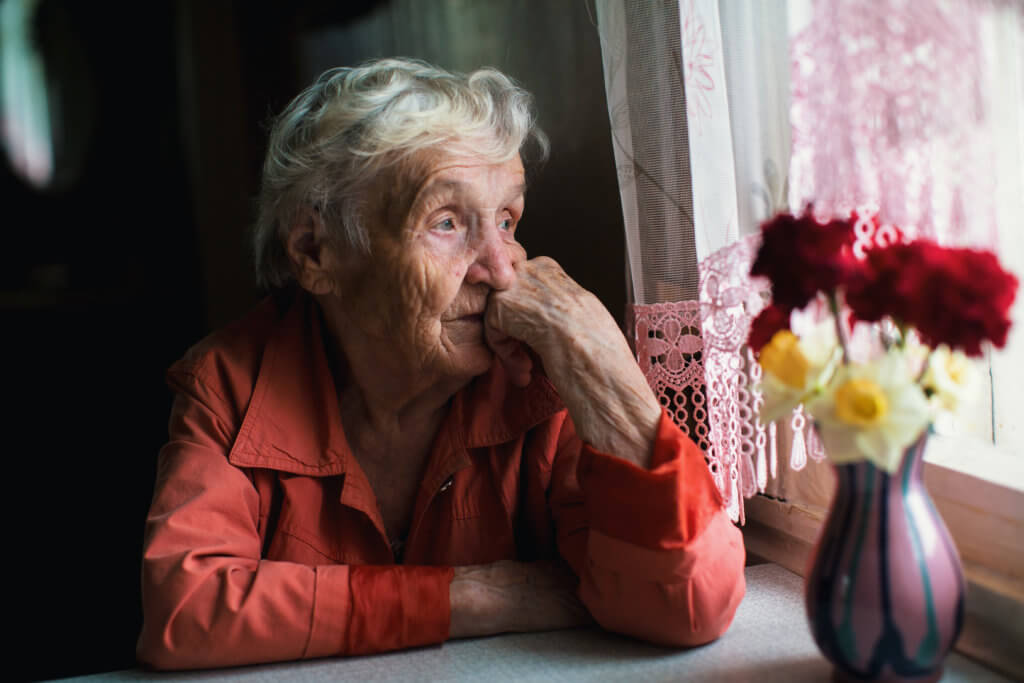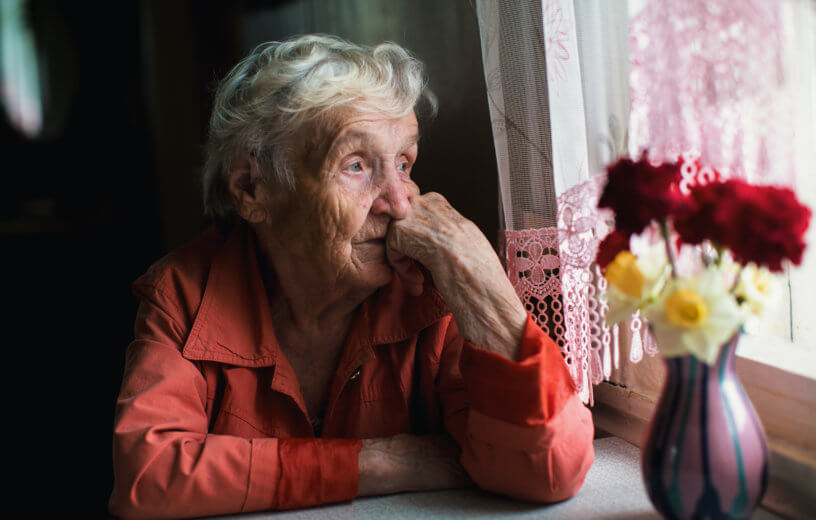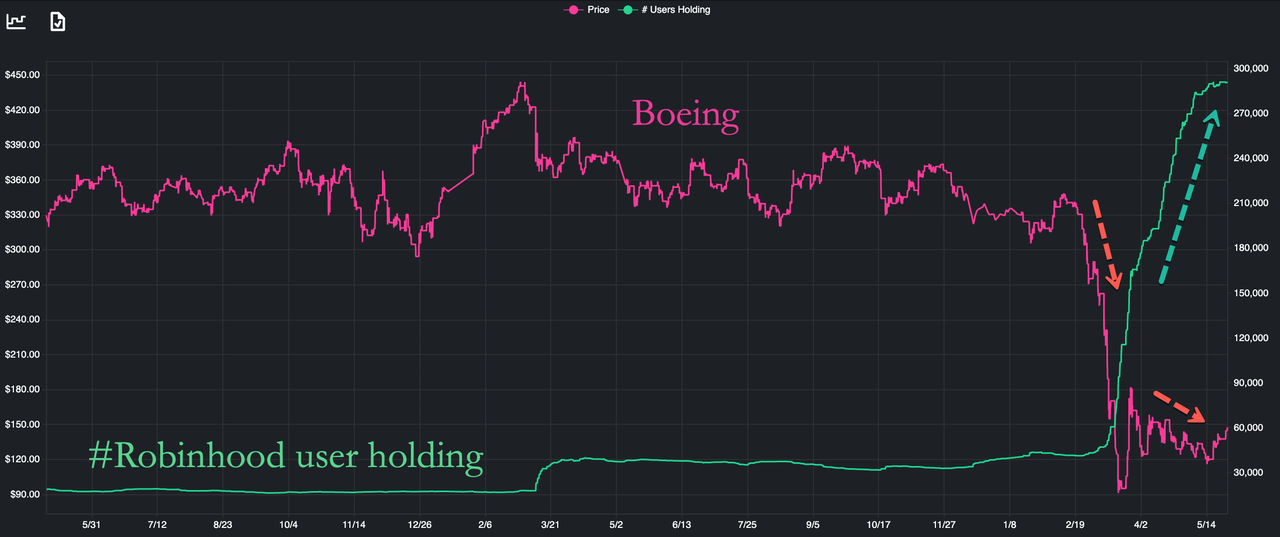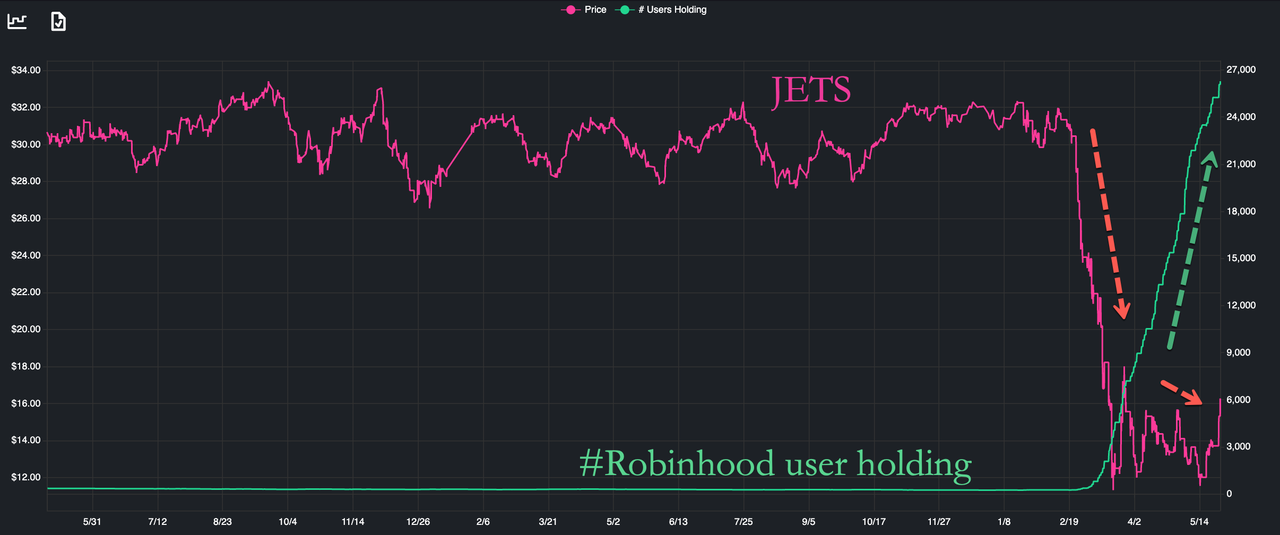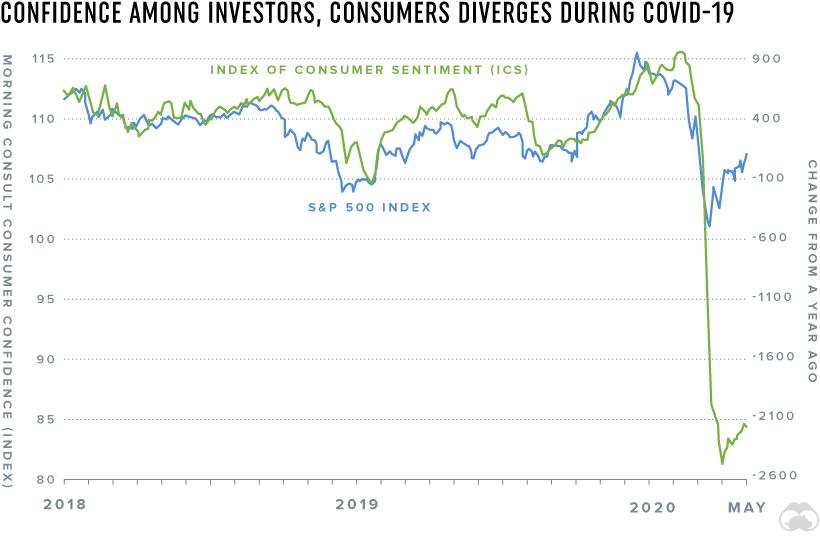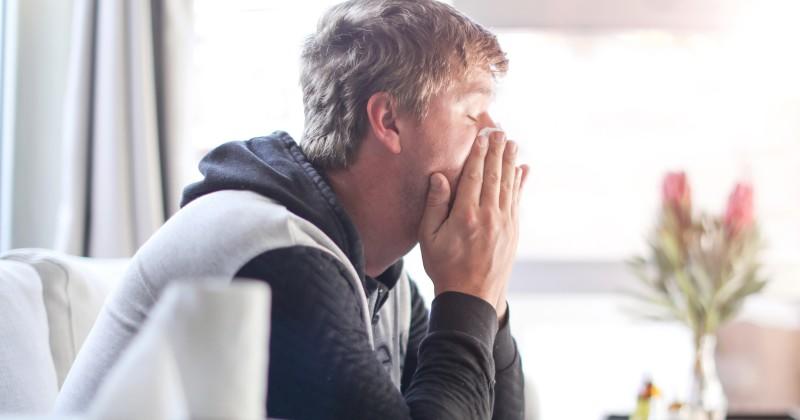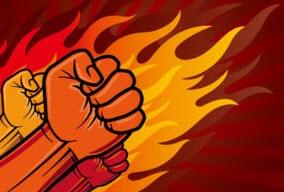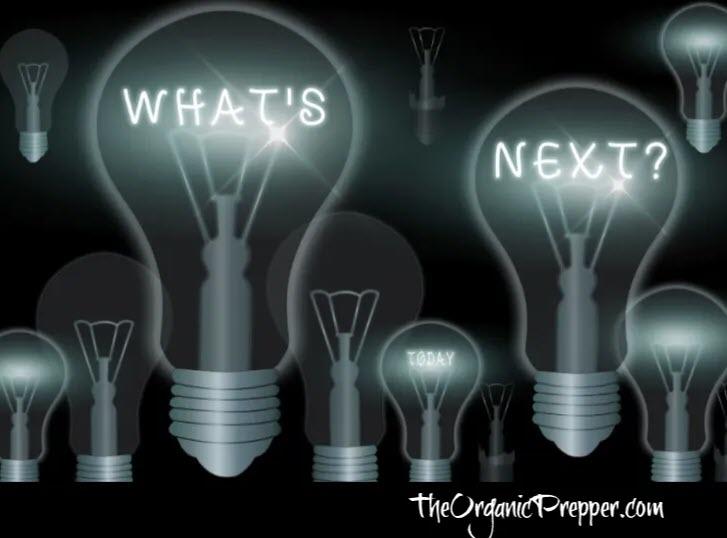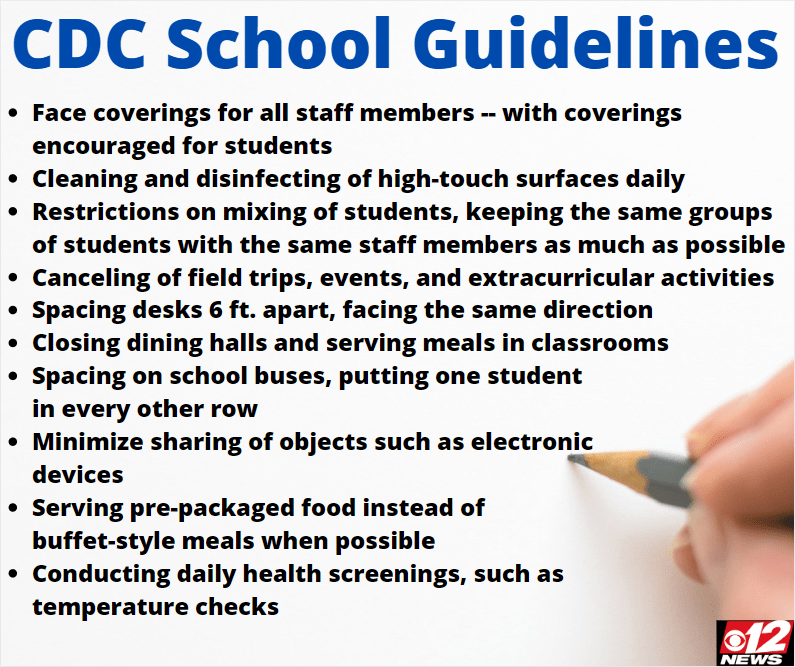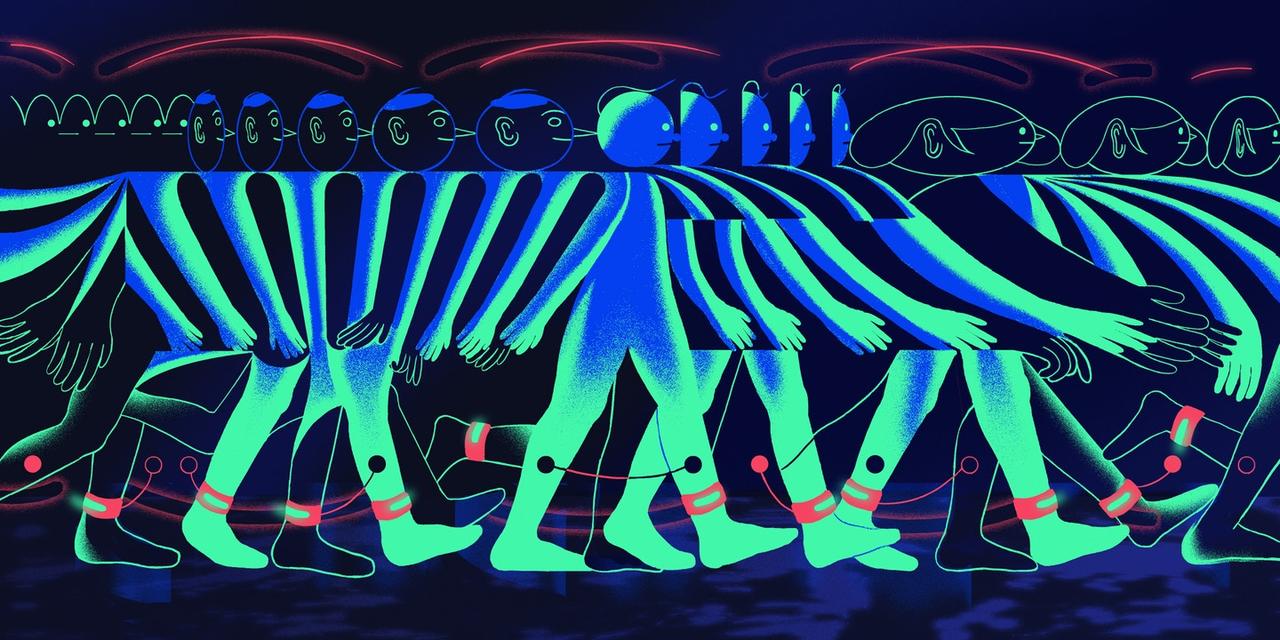Part 2 of 2
What can you do about the food situation?
No matter where you live, you can produce or acquire at least some of the food you eat.
- Gardening – Grow food any way you can, from sprouting microgreens in smaller apartments to container gardens on a patio or balcony to full-on vegetable gardens that take up 90% of your back yard. With all the bare shelves at the grocery store, producing any of your own food will be helpful. Here’s some information on how to start a garden inexpensively.
- Livestock – If you live in a place where you can have livestock, now might be the time to do it. Many cities allow 3-6 hens in backyard coops, and of course, if you live in the country, it will be no problem to have chickens. Having fresh eggs at your disposal could be very important one of these days. Also, keep in mind that chickens are a great way to dispose of leftovers and vegetable scraps. Here’s some information on raising baby chicks. Rabbits are also a good animal to raise and can be farmed a lot more subtly within city limits because they’re so quiet. They can provide a very sustainable source of meat.
- Hunting – If you already have the equipment to do so, hunting can help you to acquire meat. A deer could provide your family with venison for months. Smaller game, like ducks or geese, are also good additions to your freezer. And depending on where you live, you can use snares for rabbit or other small mammals.
- Foraging – Even in the midst of the city, a park can be an abundant source of food in season if you know what to look for. Get yourself a good regional guide to the food growing freely in your area. It’s important that the book be regional because there are so many medicinal and edible plants in the US, you’ll want to narrow it down to what you can find where you are now. Makes sure your harvesting from an area not sprayed with toxic pesticides.
- Sprouting – The fastest and easiest way to grow something yourself is through sprouting. While supplies for orders are backed up, you can get excellent guidance on sprouting what you already have on this website. Sprouting can be done just about anywhere, in just about any home. They provide high nutritional value and some fresh veggies, any time of year.
The ability to locate or produce food is something that can mean the difference between keeping your family’s bellies filled or hunger. Grocery stores remain low on inventory and food banks cannot keep up with the demand of people who are out of work and who haven’t yet received their unemployment checks.
The supply chain of other goods
It isn’t just food that people are having difficulty finding. Nearly any store you visit right now has a lack of inventory. Some of it isn’t being produced, other things aren’t being imported, and still others are somewhere in limbo in the broken supply chain.
Some of the things that are missing are products that originate in China –
see this massive list.
Other items, like paper products, are also sparse even though many of these things are made in the USA. It isn’t just because of
so-called “hoarders” either, as the media wants us to believe. There have been shortages of TP across the globe and the main reason is the fact that everyone is now at home most of the time now. Previously, a lot of a person’s toilet paper usage was outside the home – so everyone was using those giant janitorial supply rolls. Most households are now using 40% more toilet paper than before. This
interesting article goes into detail about why there isn’t a quick and easy fix for this. (
source)
We can expect shortages of everything from medications to automotive parts to hygiene supplies in the near future due to the breakdown of the supply chain.
What can we do about the shortage of goods?
In reality, a lot of the things we used to run to the store and buy simply aren’t essential. We can begin to downsize and to focus on needs instead of wants.
We can begin to be more careful with the resources we do have. How many times have we said, “It’s cheaper to just replace it than try and fix it” when tossing something in the trash? We should be living by the adage, “Use it up, wear it out, make it do, or do without.”
It’s also a good time to begin to be more creative with our reuse of things. Can you use the fabric from an item of clothing you’ll no longer wear to make something else that you need? How can you repurpose things? What multiple uses can you get from items? You can’t go wrong with learning new skills like making or repairing commonly used items.
Instead of making a dash to the store your first option, see how you can solve problems without buying anything. Start looking for substitutes and make your items last as long as possible with careful cleaning and maintenance. This way of life has the added bonus of helping you to get a handle on your finances.
The increasing desperation
As Selco has often warned us,
the biggest threat in an emergency is often not the emergency itself, but other people. Many of us saw this during the lockdowns, both
within our inner circles as well as outside our circles,
with the sometimes surprising behaviors of neighbors, coworkers, and friends.
As the financial catastrophe our nation is facing becomes more apparent, so will the desperation that people are feeling. And desperate people can behave irrationally and dangerously. Anyone who has ever considered the extreme measures that they would go to in order to feed or protect their children can understand that others feel exactly the same way.
Right now, during these early stages, we’re still in the “good” times. The government is doling out money hand over fist. Food banks are still operating, although supplies are very limited. A lot of people have looked at this as a “paid vacation” from their everyday lives. Many are making more money staying home collecting unemployment than they made at work – for some it’s triple the amount.
But when that money stops coming in…when the food banks are empty…when the jobs don’t reappear…when supplies are short even for those with money…when there’s no more help?
That’s when people will begin to feel desperate.
What can you do about this?
First of all, it’s of the utmost importance that you practice good OpSec. That’s a military term that means “operational security.” Put simply, OpSec means that people outside your inner circle should be completely unaware of your supplies, your level of preparedness, and your willingness and ability to defend what’s yours.
Nobody needs to know you have extra toilet paper or canned goods. If you really want to help someone out, pick up a few things for them at the store and drop it off in the bag from the store saying, “I grabbed a few things for you while I was at the store.” Make sure they don’t think it came from your home because hungry people have very long memories.
Secondly, you need to be prepared so that you don’t feel this same desperation. We’ve been talking about preparedness on this website for almost a decade. If you haven’t put your plan into action, you are truly running out of time to do so, and quickly. Stock up and get ready because the future is going to be bumpy.
The outrage
Last but definitely not least, we can expect outrage.
Outrage will occur for a million different reason when times are tense, not the least of which are:
- Loss of constitutional rights
- Loss of freedom to move around as you want
- Loss of the ability to make a living
- Loss of loved ones
- Loss of security
- Loss of certainty about the future
We’re dealing with a scenario in which loss is rampant. One of the stages of grief is anger and we can absolutely expect this to erupt. We’ve seen some of this anger already, with protests across the country. Of course meeting those protesters are counter-protesters – everyone has a different story so they’re viewing this situation through a different lens.
The sides are being clearly drawn here – people are being cast into the role of caring only about the economy or only about public health. Those who are outraged aren’t looking for the middle ground – they’re furious due to their loss or their fear of loss. And don’t forget, this is an election year, so the media and the political parties will be out there in full force, stirring the pot.
What can you do about this?
You have to be prepared to protect yourself and your family from those who are outraged. This might mean staying at home in order to avoid conflict, enhancing your home security, carrying a weapon (aren’t you doing that already?), or taking measures to isolate and protect the health of the people you love. It might also be
staying “gray” and understanding the baseline mood of the place where you are. Regardless of your personal feelings, the best way to avoid drawing attention to yourself is by being just another person in the crowd/neighborhood/office.
I strongly encourage you to be proactive about this and take responsibility for your health. If you are in a vulnerable group (or have a loved one who is) are you really going to trust other people who don’t care to protect them?
If you are in a state with a lot of restrictions, it pays to be attentive. (Of course, it always pays to be attentive.) If you choose to go protest, that’s entirely up to you. If you hope to avoid potential trouble, when there are large, angry groups of people, don’t be there. It only takes a small spark for people who are already angry to erupt and you probably don’t want to be around when they do.
If there are large, angry groups of people, don’t be there. It only takes a small spark for people who are already angry to erupt.
Find things for which you can be grateful.
This may sound like crazy advice, but finding things for which you feel gratitude is the most life-changing thing you can do when you are trying to adjust. And adjusting is exactly what we must do as we prepare to meet a future that is different from what we ever expected.
You may find that your situation has dramatically changed since the beginning of the year. You may have lost one income or all income. You may be depending on checks from unemployment. Your business may not be able to withstand the extended shutdown. You may find yourself unable to pay bills that were never a problem before.
It’s a whole new world out there.
If you can find things to be grateful for, it will give you the encouragement you need to push forward. A full pantry, healthy loved ones, being together with the people you care for, being able to be present in your child’s education, making new and supportive friends online, a thriving garden, a delicious and filling meal, some free time after years of non-stop work–>activities–>bed only to get up and start it all over again – all of these are reasons for gratitude. Every day you’re on the right side of the grass is a good day if you can find things for which you are thankful.
Your attitude is everything. If you wallow in misery, you’re going to be miserable.
Everything has changed, but it’s still important to find reasons to be happy, grateful, and hopeful. These traits will help you find the resilience you need to survive and thrive, regardless of the challenges ahead.
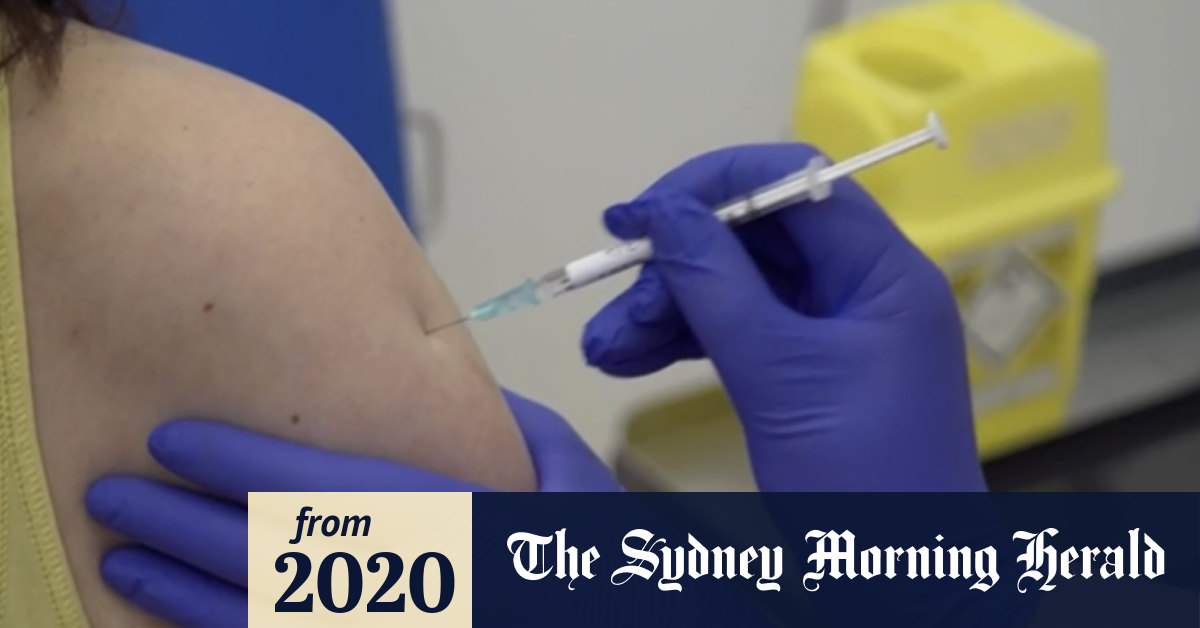
 www.smh.com.au
www.smh.com.au






